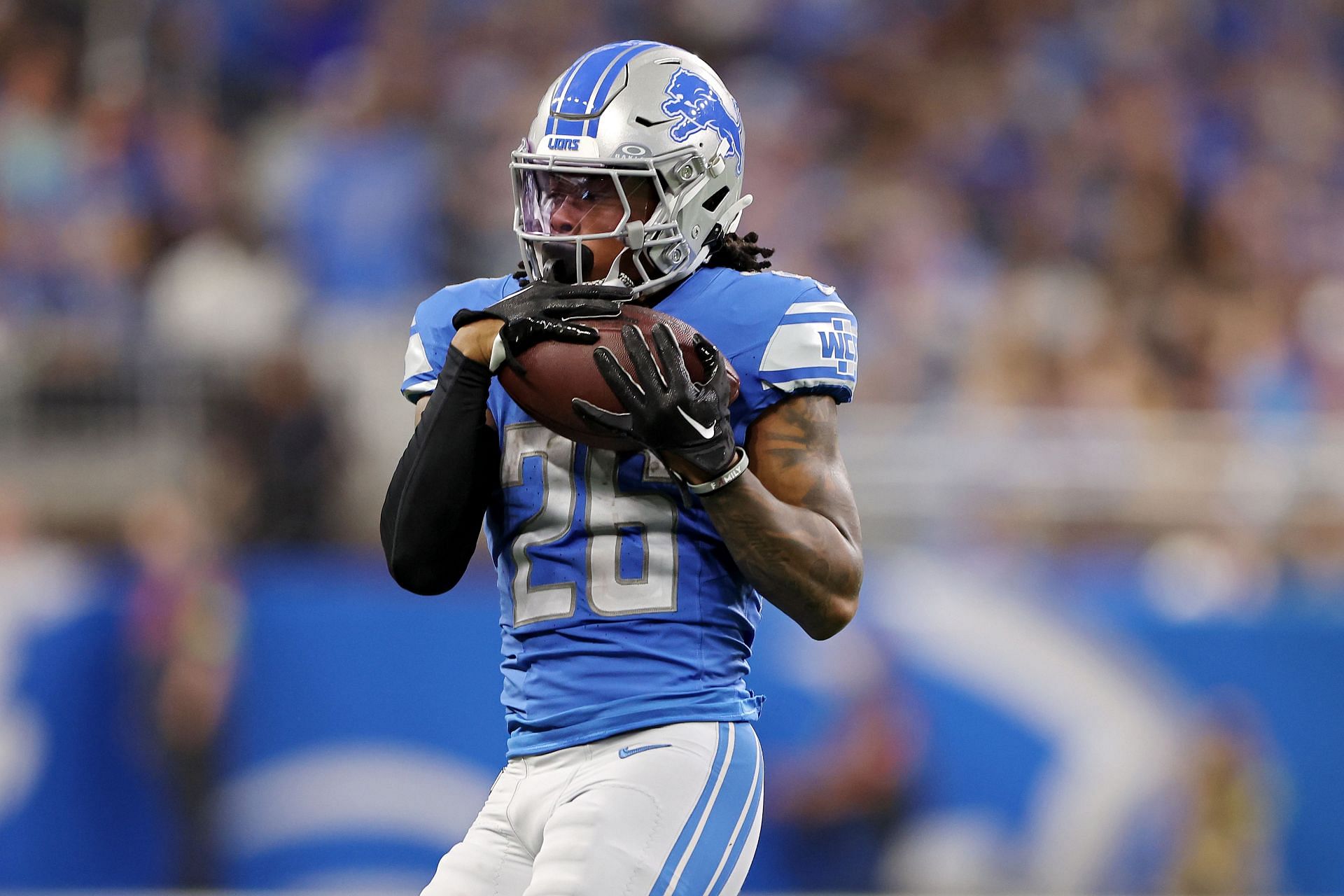Understanding Gibbs Injuries

A Gibbs injury, also known as a Salter-Harris type V fracture, is a severe type of growth plate injury that affects the end of a long bone in children and adolescents. This type of injury occurs when the growth plate is completely crushed or shattered, causing significant damage to the bone’s growth potential.
Causes of Gibbs Injuries
Gibbs injuries are typically caused by high-impact forces or trauma to the growth plate. Common causes include:
- Falls from heights
- Motor vehicle accidents
- Direct blows to the bone
- Sports injuries, particularly in contact sports
The severity of the injury can vary depending on the force of the impact and the location of the growth plate.
Types of Gibbs Injuries
Gibbs injuries are classified as Salter-Harris type V fractures, which are the most severe type of growth plate injury. They are characterized by complete disruption of the growth plate, often accompanied by a fracture of the adjacent bone. These injuries can have long-term consequences for bone growth and development.
Sports and Activities with High Prevalence of Gibbs Injuries
Gibbs injuries are most prevalent in sports and activities that involve high-impact forces and a risk of falls or collisions. These include:
- Football
- Basketball
- Soccer
- Gymnastics
- Skating
- Skiing
It’s important to note that Gibbs injuries can occur in any activity that involves a risk of trauma to the growth plate.
Symptoms and Diagnosis: Gibbs Injury

A Gibbs fracture, also known as a “fracture of the posterior arch of the atlas,” is a specific type of fracture that affects the first vertebra of the neck, the atlas. It’s important to understand the symptoms and diagnosis of this injury, as it can lead to serious complications if left untreated.
Typical Symptoms of a Gibbs Injury
The symptoms of a Gibbs fracture can vary depending on the severity of the injury. Some individuals may experience only mild discomfort, while others may have significant pain and neurological deficits.
- Neck Pain: This is the most common symptom of a Gibbs fracture, often described as a sharp or stabbing pain that worsens with movement.
- Headache: A headache, especially at the base of the skull, can also be a sign of a Gibbs fracture.
- Stiff Neck: Difficulty moving the neck, or feeling a restricted range of motion, is another common symptom.
- Numbness or Tingling: Numbness or tingling in the arms or hands may occur if the fracture affects the spinal cord.
- Weakness: Weakness in the arms or hands, especially when trying to lift objects, can also be a sign of a Gibbs fracture.
- Balance Problems: Difficulty maintaining balance or feeling unsteady can occur if the fracture affects the nerves that control balance.
It’s important to note that these symptoms may not be present in all cases of a Gibbs fracture, and they can also be associated with other injuries. Therefore, it’s crucial to seek medical attention if you experience any of these symptoms after a neck injury.
Diagnosis of a Gibbs Fracture, Gibbs injury
Diagnosing a Gibbs fracture requires a thorough medical evaluation, which may include the following steps:
- Physical Examination: A doctor will perform a physical examination to assess your range of motion, muscle strength, and reflexes. They will also check for any signs of neurological impairment, such as numbness or weakness.
- Imaging Studies: Imaging tests are essential for confirming the diagnosis of a Gibbs fracture.
- X-rays: X-rays are the first-line imaging test for diagnosing a Gibbs fracture. They can show the bone structure of the cervical spine and reveal any fractures or dislocations.
- CT Scan: A CT scan provides a more detailed view of the bones and soft tissues of the neck, allowing for a more accurate assessment of the fracture.
- MRI: An MRI scan is often used to assess the surrounding soft tissues, such as the spinal cord and ligaments, and to rule out any other injuries.
- Neurological Assessment: A neurological examination is essential to assess the function of the spinal cord and nerves. This may involve testing reflexes, muscle strength, sensation, and coordination.
Role of Imaging Techniques in Diagnosing a Gibbs Fracture
Imaging techniques play a crucial role in diagnosing a Gibbs fracture. X-rays can provide an initial view of the bone structure, while CT scans offer a more detailed view of the fracture and surrounding structures. MRIs are valuable for assessing the soft tissues and ruling out other injuries.
“X-rays are often the first-line imaging test for a Gibbs fracture, but CT scans and MRIs can provide more detailed information about the injury.”
The specific imaging techniques used will depend on the individual’s symptoms and the doctor’s assessment. In some cases, a combination of imaging tests may be necessary to obtain a complete understanding of the injury.
A Gibbs injury, also known as a “bucket-handle tear,” is a severe type of knee injury that involves a significant tear in the meniscus, a C-shaped piece of cartilage that acts as a shock absorber in the knee joint. This type of tear can cause significant pain, swelling, and instability in the knee.
The torn portion of the meniscus can become displaced, resembling a bucket handle, hence the name. Understanding the nature of a meniscus tear is crucial in diagnosing and treating a Gibbs injury, as it involves a complex disruption of the knee’s internal structure.
The Gibbs injury, a debilitating condition affecting the knee joint, can significantly impact an athlete’s performance. While the specifics of this injury are distinct, it is worth noting that players like JJ McCarthy, a promising young quarterback, have faced their own challenges with injuries.
JJ McCarthy stats highlight his impressive athleticism and potential, but injuries can significantly impact a player’s trajectory. Understanding the intricacies of injuries like the Gibbs injury is crucial for developing effective rehabilitation strategies and optimizing athlete performance.
